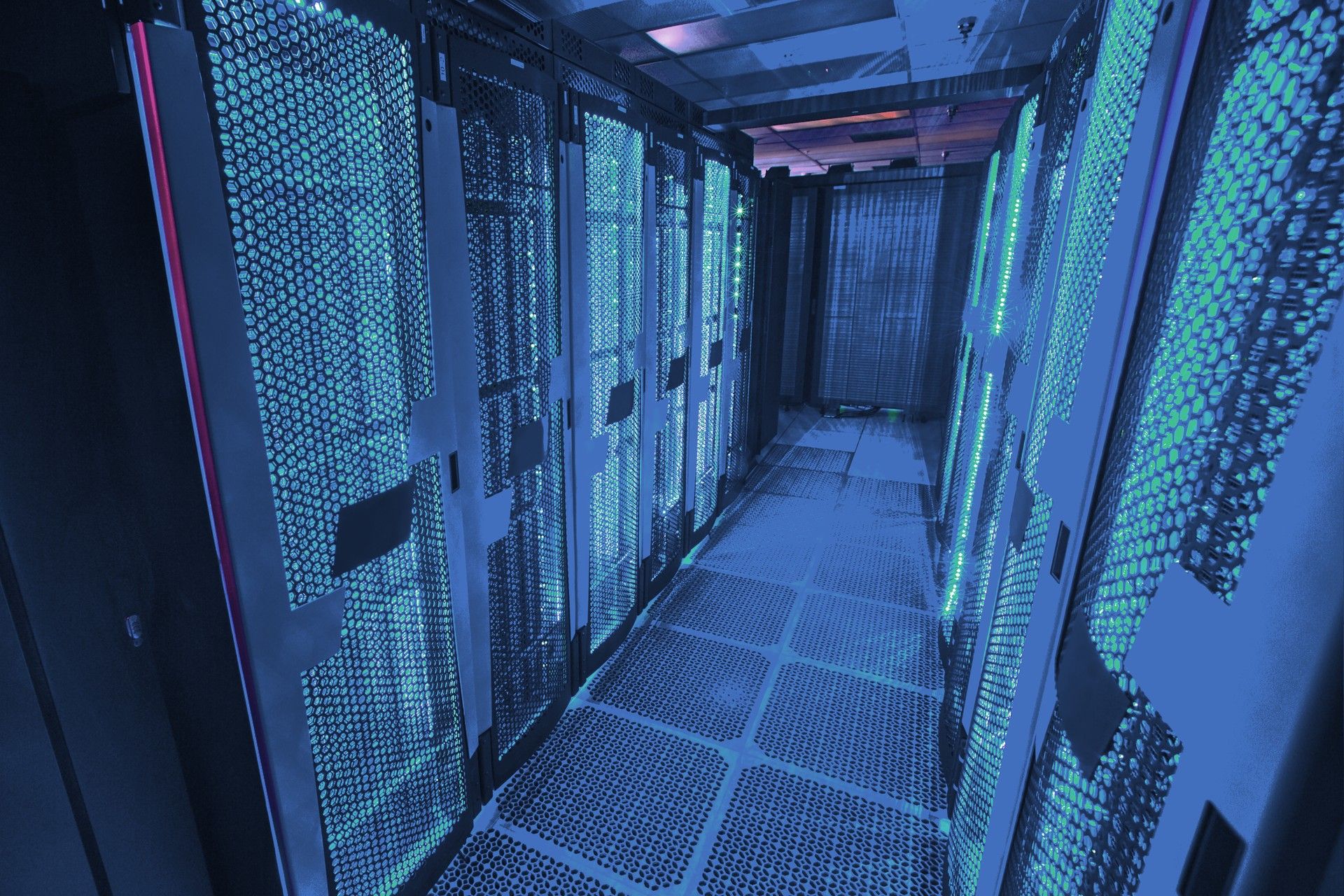Envision a symphony where two main players step into the limelight: the client computer and the server. Each performs a distinct role in this choreographed interplay. The client emerges as the initiator, sending forth requests for services and resources, while the server takes on the mantle of the provider, catering to these requests. This intricate coordination is often referred to as “distributed processing,” a symphony that allocates tasks between clients and servers for optimal execution.
Comparable to a well-executed duet, the client computer communicates its intentions by dispatching requests to various entities, ranging from computer programs to hardware components. These requests encompass a spectrum of purposes, from fetching web pages for display to engaging in online conversations and multiplayer gaming. These client “pieces,” whether manifested in software or tangible devices, seamlessly interlock to compose the vibrant tapestry of modern computing.
But how does the client computer execute its role? How important are they for today’s technology? Let us delve into every detail of a client computer.

What is a client computer?
At its heart, a client computer plays a vital role in the client-server model, which is like the foundation of computer networks. In simple terms, a client is a piece of stuff – either hardware (like parts of a computer) or software (like computer programs) – that links up with a service given by a server. This connection between clients and servers is like a close partnership in the world of computers.
Now, let’s imagine the client-server thing like a teamwork scenario. The client and the server each have their own jobs. The client asks for things it needs, while the server provides those things. This is called “distributed processing,” where tasks are shared between clients and servers.
The way a client does its job is by sending requests to other stuff, like computer programs or hardware. These requests can be for all sorts of things – like getting web pages to show on web browsers, picking up emails from mail servers, joining online chats, or even having fun in multiplayer video games. These client things can be computer software or actual devices, and they’re like puzzle pieces that fit into the big picture of modern computing. They make a wide range of digital things possible, making our digital world vibrant and exciting.
How a client computer works?
Imagine you’re in a bustling restaurant. You, as a customer (client), place your orders with the waiter (server), who then conveys your requests to the kitchen. The kitchen prepares the dishes and serves them back to you. Similarly, a client computer interacts with a server by sending requests for specific tasks or information. The server processes these requests and provides the necessary results, making it a seamless exchange of data.
The client-server setup comes in various forms. Sometimes, the client and server are separate machines connected by networks. Other times, they can be on the same computer, communicating through special techniques. What’s essential is the way they connect, usually through Internet tools and protocols.

What are the different types of client computers?
Client computers can be grouped into distinct categories, each with its own characteristics. From a general point of view, client computers can be categorized under three different sub-headings:
- Thick clients
- Thin clients
- Diskless nodes
Thick clients
These are like fully-equipped superheroes. They can do a lot of tasks on their own, without relying too much on servers. Our personal computers are examples of thick clients because they have their own features and abilities, even though they still need servers sometimes.
For instance, imagine using a drawing program on your computer and then sharing your artwork online – that’s a thick client in action.
Thin clients
Picture a minimalist traveler with a light backpack. Thin clients are like that. They rely more on the host computer’s resources. They present processed information that comes from application servers, which do most of the heavy data work.
When you use web applications like Office Web Apps, you’re experiencing a thin client scenario.
Unprocessed data is nothing but an empty server room
Diskless nodes
These are like the all-rounders of the bunch. They process some tasks locally, like thick clients, but they also depend on servers for storing important data. This blend offers the best of both worlds – good performance and easy management.
Imagine playing an online video game where the game itself runs on your computer, but your progress is saved on a server – that’s a diskless node at work.
What is the role of a client in a network?
The role of a client in a network is to interact with and request services or resources from a central server or group of servers. In the context of computer networking, a client is a device or software application that initiates communication by sending requests to servers for specific tasks, data, or services.
In a network architecture, such as the client/server model, clients play a distinct role in comparison to servers. In a client/server network, a central server or group of servers manages resources and delivers services to client devices in the network. Clients communicate with the server to request data, and services, or perform specific actions, and the server responds to these requests by providing the necessary information or carrying out the requested tasks. Unlike the peer-to-peer architecture where peers act as both clients and servers, in the client/server model, clients primarily consume services provided by the server.
Clients are integral components of network interactions, facilitating seamless communication, data retrieval, and service consumption. They can take various forms, including personal computers, laptops, smartphones, tablets, and specialized devices, each fulfilling a specific role within the network ecosystem.
In essence, the role of a client in a network is to initiate communication, send requests to servers, and consume services or resources provided by the central server or group of servers, thereby enabling efficient and organized network interactions.

Almost everything in our lives is connected to servers
The role of servers in our lives is crucial in enabling the seamless functioning of digital services, applications, and communication across various domains. In the realm of computing, a server serves as a fundamental component that facilitates the exchange of data and the provision of services to clients, thereby underpinning modern technological interactions.
In the context of computer networking, a server is defined as both hardware and software that serves the needs of other programs or devices, known as clients, in what is referred to as the client-server model. Servers play a pivotal role in providing various functionalities or “services,” such as data sharing, resource allocation, and computation execution for client computers.
A single server can cater to multiple clients, and a client can interact with multiple servers, illustrating the versatility of this architecture. Servers are utilized in diverse scenarios, including database servers, file servers, mail servers, print servers, web servers, game servers, and application servers.
The operation of servers within the client-server model typically follows the request-response model. Clients send requests to servers, which perform actions based on those requests and respond with results or acknowledgments. This architecture facilitates efficient communication, task distribution, and resource management in various applications.

Servers also encompass a wide array of types, each tailored to specific functions within computer networks. For instance, web servers facilitate the delivery of web content and applications to clients via web browsers, while email servers manage the sending and receiving of email messages. File Transfer Protocol (FTP) servers handle the movement of files, and domain controllers store essential network information like user permissions.
Servers come in diverse form factors, including rack servers, blade servers, and tower servers. They can be optimized for specific tasks, offering higher processing power and reliability compared to standard consumer-grade hardware. Moreover, servers are crucial components in cluster configurations, which integrate the resources of multiple devices for enhanced computing capabilities.
The dynamic interplay of client computers within the broader context of the client-server model underscores their pivotal role in contemporary computing ecosystems. The intricate synergy between clients and servers underscores the multifaceted nature of modern digital collaboration and information exchange.
Featured image credit: rawpixel.com/Freepik.





